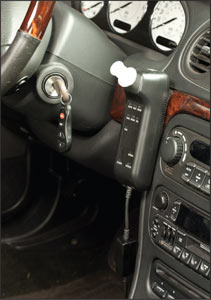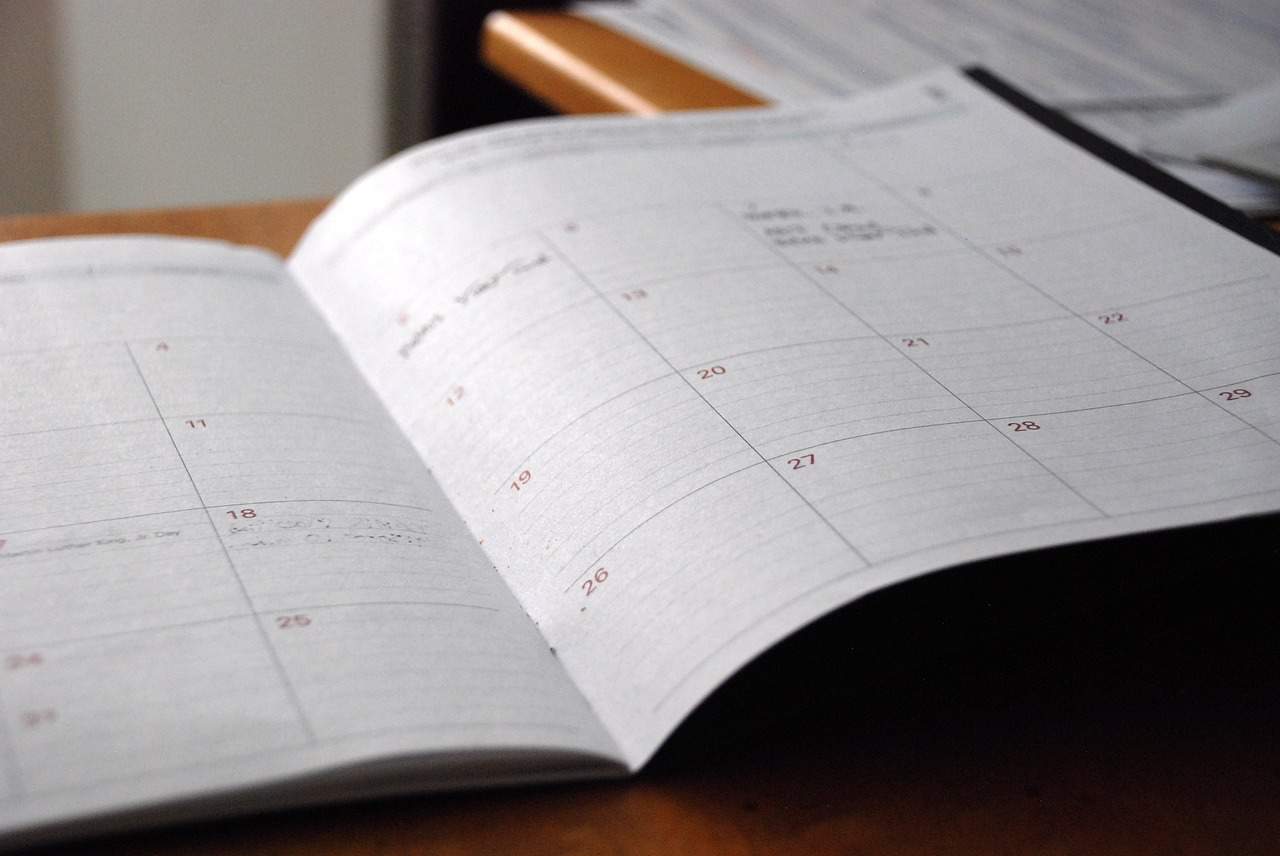 There are plenty of consequences for drinking and driving, and so many reasons to avoid having the requirement in the first place. Driving, for example, is complicated after a DUI conviction, even if you have an interlock breathalyzer, car breathalyzer or ignition interlock requirement. Most of that comes from the hesitation to even use the device, which isn’t all that complex. In fact, once you get the hang of it, your interlock breathalyzer becomes just another part of driving.
There are plenty of consequences for drinking and driving, and so many reasons to avoid having the requirement in the first place. Driving, for example, is complicated after a DUI conviction, even if you have an interlock breathalyzer, car breathalyzer or ignition interlock requirement. Most of that comes from the hesitation to even use the device, which isn’t all that complex. In fact, once you get the hang of it, your interlock breathalyzer becomes just another part of driving.
Driving with an interlock breathalyzer comes down to one important rule: never drink alcohol before driving. You will be required to submit a breath sample upon starting your engine to test your blood alcohol concentration (BAC). Any amount of alcohol in that sample will be recorded, and even if you’re below the set limit of your interlock breathalyzer, you’re still being monitored, even when you drive. “Rolling re-tests” will continue to prompt you to blow into the device, registering your BAC each time. If you fail to test, you are in violation. If your BAC reading continues to climb, you’re looking at even more trouble.
You are also required to report to an ignition interlock service provider periodically for maintenance and calibration of your interlock breathalyzer. That’s when you can address any concerns you have, and when your data is transmitted to your reporting agency or supervisor.
As long as you’re sober when driving, it isn’t complicated to get yourself back and forth to work or fulfill other obligations with an interlock breathalyzer. Once you fulfill your commitment with the device, you’ll be in a much better mindset to never drink and drive again, too. A DUI can be the result of a bad choice after a few too many drinks, and with an interlock breathalyzer, you can begin to make better choices and get back to a safer road where drinking and driving are nothing you’ll mix up again.

 It Wasn’t Me: Your Friend “Blew” Your Interlock
It Wasn’t Me: Your Friend “Blew” Your Interlock
Leave a Reply
You must be logged in to post a comment.